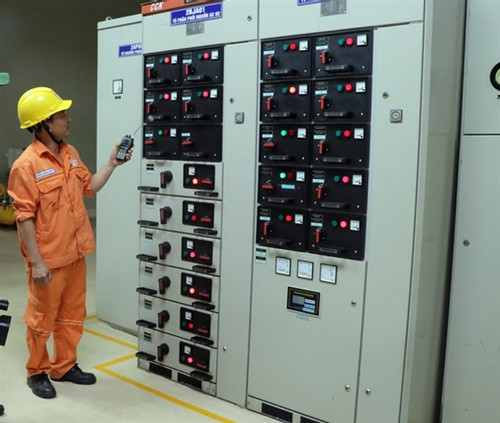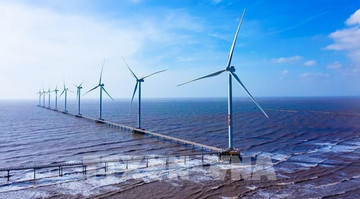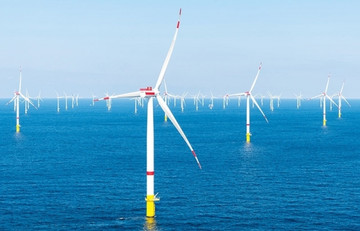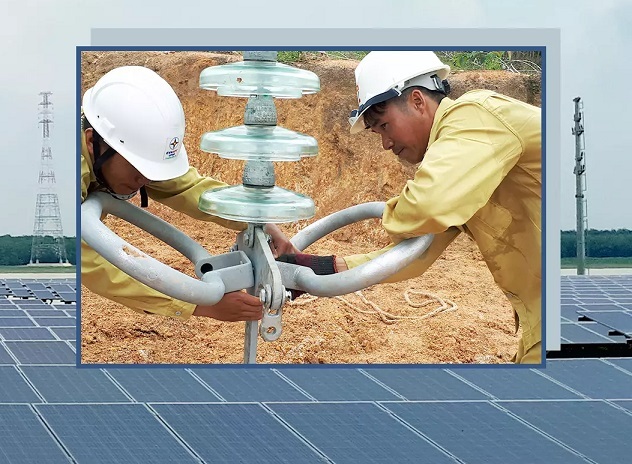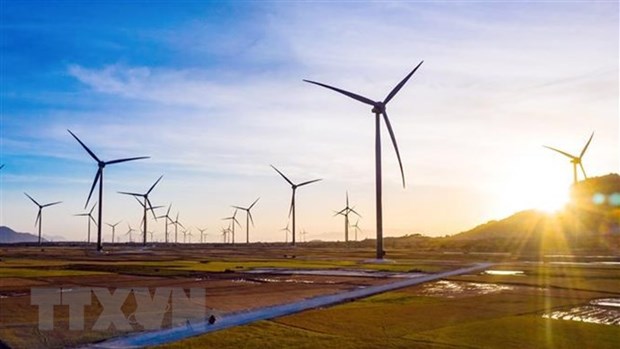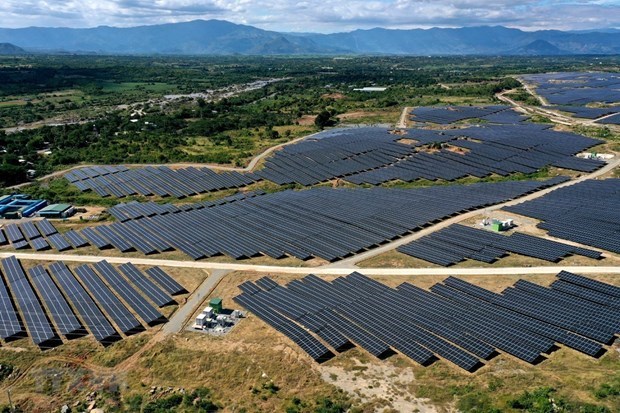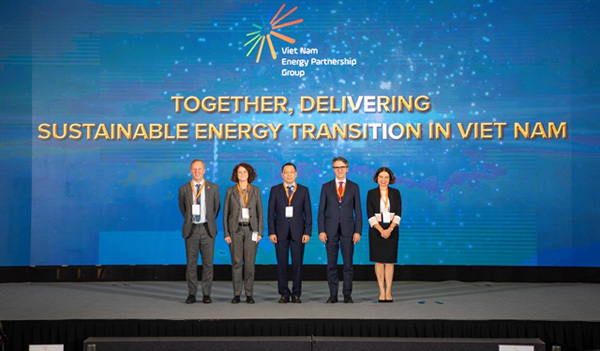- © Copyright of Vietnamnet Global.
- Tel: 024 3772 7988 Fax: (024) 37722734
- Email: evnn@vietnamnet.vn
vietnam power industry
Update news vietnam power industry
Ministry drafts mechanism to adjust average retail power price
The Ministry of Industry and Trade (MoIT) is drafting a Prime Minister's Decision on the mechanism for adjusting the average retail electricity price.
Vietnam to cut gas power capacity in electricity development plan
The Ministry of Industry and Trade (MoIT) has been told to finalise the National Power Development Plan VIII (PDP VIII) for 2021-2030 with a vision to 2045, focusing on reducing coal power plants.
Offshore wind future in balance for Vietnam
The long-awaited Power Development Plan VIII is set to target the development of about 7GW of offshore wind power in Vietnam. However, both investors and localities are waiting for a clearer roadmap.
Solar, wind power: gap between plans and reality
The Government Inspectorate has decided to inspect the observance of policies and laws in the implementation of planning and investment in the construction of power projects under the Power Master Plan VII and the revised Power Master Plan VII.
Renewable energy offers investment opportunities in Vietnam
Vietnam’s target of raising renewable electricity to 45% of the national power generation capacity by 2030 and the need for investment worth up to $14 billion towards this goal have created opportunities for domestic and foreign firms.
VN Industry Ministry proposes developing nuclear power on small scale
The Ministry of Industry and Trade (MoIT) has proposed developing nuclear energy on a small scale post 2030 in its latest version of the draft Vietnam Power Development Plan from 2021 – 2030 (PDP8) with a vision towards 2045.
Ministry orders review of wind, solar, hydropower projects
The Ministry of Industry and Trade (MoIT) has asked provinces and centrally-run cities to review wind, solar and hydropower projects included in the national planning scheme for electricity development for 2011-2020 with a vision towards 2030.
Hydroelectricity: New mission from controversial energy source
Despite its long history, hydroelectricity and its sustainable development have always been a matter of controversy.
Vietnam to cut solar power capacity in draft plan
Deputy Prime Minister Le Van Thanh told the Ministry of Industry and Trade (MoIT) to reduce the solar capacity and increase offshore wind power in the draft Power Master Plan VIII.
Capital conundrum in energy
A clear power policy and early publication of new power planning are urgently needed for Vietnam to attract private capital in infrastructure energy.
Reform lessons from electricity sector: nothing is impossible
Electricity access is one of 10 indicators that measure the quality of the national business environment according to the World Bank global business environment ranking.
Vietnam and partners develop sustainable energy transition in Vietnam
With the pandemic still complicated and natural disasters becoming more frequent and devastating, Vietnam needs to focus on driving sustainable energy transition, according to the 4th High-Level Meeting of the Vietnam Energy Partnership Group (VEPG).
No more wind and solar power sources to be added this year
The Ministry of Industry and Trade will not add any more wind and solar power into this year's plan, due to a lack of input facilities to transfer them to the national grid.
Power Development Plan VIII under revision again
The draft Power Development Plan VIII is being revised again and expected to be submitted to the Prime Minister for approval in the first quarter of 2022.
Commitment to lower coal energy uncertain
The COP26 summit that ended early last month in Glasgow agreed on reducing the use of coal in coming years in a phased manner. This clearly seems to be the right thing to do with several countries finally finding a common voice in saving the planet.
Gov’t works on stopping coal-fired power development after 2030
Vietnam will not develop coal-fired power plants after 2030 to meet its international commitments on achieving net-zero carbon emissions by 2050.
Vietnam to unlock mechanisms to attract private power investors
The Government of Viet Nam is building open mechanisms to mobilise private investment in power projects, especially in renewable energy (RE).
Clean or cheap: seeking safe energy options for Vietnam
“The international pressure to reduce coal-fired thermal power is huge,” said an expert involved in the compilation of the draft of national power development plan 8.
More than $10 billion per year to develop the power sources and grid in the 2021-2030 period
The demand for investment capital for the development of power sources and grids averages US$10-11.5 billion per year by 2030.
International financing key to develop Vietnam's power sector
Vietnam needs US$150 billion to invest in power projects in the next 10 years, equal to half the country’s current gross domestic product (GDP), which raises demand for international financing.
